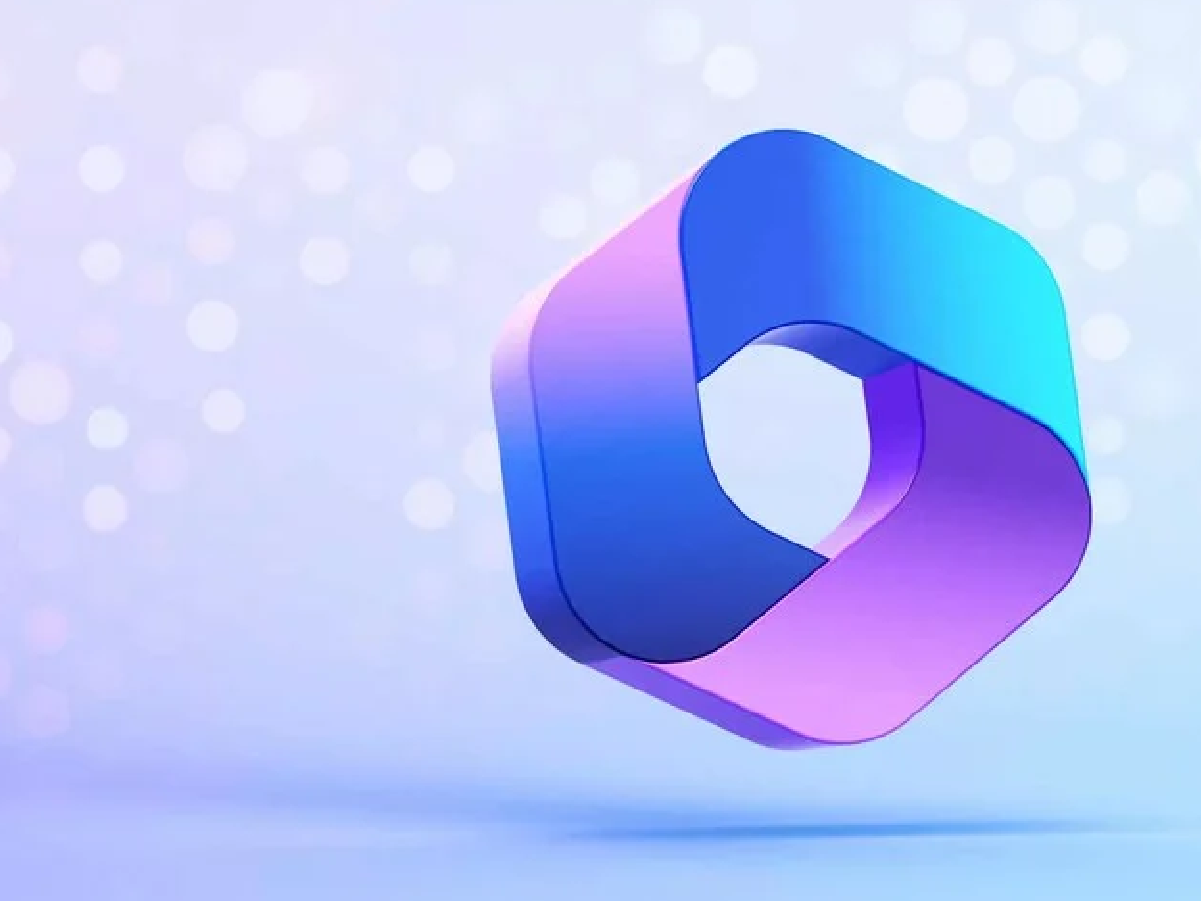3DS Max is an extremely versatile 3D modeling and animation software widely used across various fields. In the following article, we will analyze its functionalities and all the integrated updates for the 2024 edition, to meet a variety of user requirements.

Overview of key features of 3DS Max 2024
Whether it is to create complex surfaces and designs, complex scene renders with Arnolds and 3DS Max, or to create immersive gaming experiences, from characters to detailed worlds, 3ds max is the right tool, optimized specifically for all these uses:
- 3D modelling: 3ds max offers powerful tools for modelling 3D objects. Users can create complex shapes from scratch or from existing models. This includes polygonal, NURBS and spline modelling for creating curved and organic surfaces.
- 3D animation: in addition to static modelling, 3ds max allows objects and characters to be animated fluently. This is particularly useful in the film industry, games and animation.
- Lighting and Materials: 3ds max offers an advanced lighting system that allows you to create realistic light and shadow effects. In addition, any material of your liking can be assigned to objects for realistic textures.
- Realistic Rendering: the software includes a powerful rendering engine that enables high-quality images and animations. This is crucial for architectural visualisation, special effects in films and the creation of product images for marketing.
- Parametric and Procedural Modelling: allows you to create parametric and procedural models, which means you can easily make changes to models without having to rebuild them from scratch. This flexibility is invaluable in the design process.
- Plugins and Scripting: advanced users can extend the functionality of 3ds max by using plugins and scripting. This enhances the possibility of customised solutions and industry-specific upgrades.
- Digital Sculpting: 3ds max offers digital sculpting tools that allow you to model intricate details on objects, ideal for creating realistic characters and creatures.
- Creative and Industrial: 3ds max is widely used in architecture, product design, games, film, simulations, education, scientific visualisation, and many other fields.
- Collaborative Workflow: you can cooperate with other professionals using 3ds Max, enabling different teams to work on complex projects in a coordinated manner.
- Integration with Other Software: can be integrated with other Autodesk software such as AutoCAD, Revit and Maya, simplifying the workflow between different design phases.
3D modelling and innovations in 2024 version

The innovations dedicated to 3D modellers and lighting artists mainly concern the optimisation of polygonal modelling and NURBS modelling (i.e. that dedicated to the creation of complex and curved surfaces).
Let’s see below what has been updated among the available tools:
- Polygon Modelling: this is one of the most common modelling techniques in 3ds max. Objects are created using polygons (triangles or squares) to form three-dimensional surfaces. This technique is ideal for objects with complex or organic surfaces.
- NURBS modelling: NURBS (Non-Uniform Rational Surfaces) is another modelling option that allows curved and complex surfaces to be created. This technique is often used for objects with fluid shapes such as cars or industrial products.
- Spline Modelling: splines are curves that can be modelled and joined to create 3D objects. This technique is widely used to model curved and detailed surfaces.
- Polygonal Subdivision Modelling: this technique allows high-density polygonal models to be created, ideally for modelling realistic characters and creatures.
- Digital Sculpting: 3ds max offers digital sculpting tools that allow you to model objects by adding or removing details in a similar way to traditional clay modelling.
- Parametric and Procedural Modelling: 3ds max allows the creation of parametric and procedural models. This means that you can easily make changes to your models without having to rebuild them from scratch. This flexibility is invaluable in the design phase.
- Rhetopology: Rhetopology is a technique for optimising the topology of a model, making it more efficient and optimised for specific purposes, such as animation.
- Advanced Modelling Tools: offers a wide range of advanced modeling tools, including displacement, scaling, deformation, edge cutting and splitting, linking, Booleans and many others.
- UVW Editor: this tool allows you to map textures onto a 3D model, enabling you to apply textures and materials precisely.
- Construction Systems: you can create complex objects using construction systems, such as the system of primitive polygons or shapes.
Customised rendering and texture

It is known for offering a range of powerful rendering options that allow you to create high-quality images and animations with realistic detail, autodesk 3ds max has several rendering system features:
- Arnold Renderer: 3ds max includes the Arnold Renderer, an advanced global rendering engine that provides very realistic light and shadow effects, reflections, and refractions, enabling high-quality results.
- Global Illumination (GI): Global illumination rendering simulates the reflection of light from surface to surface, producing realistic shadows and diffuse lighting. This helps create images with photorealistic rendering.
- High Dynamic Range (HDR) Lighting: 3ds max allows you to use HDR maps to realistically light scenes, capturing a very wide dynamic range, including detailed highlights and shadows.
- Custom Materials and Textures: you can create custom materials and textures for objects, allowing you to add detail and realism to objects within your scene.
- Render Element: 3ds max offers the ability to extract separate render elements (such as shadows, reflections, refractions, etc.) to control and modify aspects of the image in post-production.
- Depth of Field: this feature allows you to simulate the effect of selective blurring by focusing on a specific object and blurring the background, which creates more realistic images.
- Particle and Fluid Effects: allows you to create realistic particle and fluid effects and convincingly render them.
- Displacement Engine: displacement mapping allows surfaces to be detailed in great detail, creating realistic surface effects such as roughness, ripples, and geometric details.
- Physics-Based Rendering: supports physics-based rendering, allowing the physical behaviour of light, objects, and materials to be simulated for photorealistic results.
- External Rendering Engines: in addition to the Arnold Renderer, 3DS Max is compatible with other external rendering engines such as V-Ray, Corona, and Mental Ray, which offer additional advanced rendering options.
- Batch Rendering and Rendering Network: rendering processes can be configured and distributed across multiple computers or servers to speed up the rendering of complex projects.
- Interactive Preview (ActiveShade): offers an interactive preview that allows you to visualize the effect of changes made to the scene or materials in real-time.
These features make the 3ds max rendering system a powerful tool for creating high-quality images for a wide range of applications, from architectural visualization to games and film animation.
Animation: the differences between 3DS max and Maya

Maya and 3DS Max are two powerful 3D graphics software packages created by Autodesk.
They’re often used in fields such as film, video games, architecture, and special effects production.
While both share many similarities and common tools, there are some key differences between the two.
Below you will find the main features and differences between the two, as they are both used in the production of photorealistic renders and in the creation of video game environments.
Maya is certainly more limited for working in conjunction with other Autodesk or external software (in the case of 3ds max it is often used with Chaos Corona or other products of the parent company) but particularly with strengths regarding character animation by dedicating more tools to this section:
- Character animation: known in character animation. It provides a comprehensive toolset for skeleton creation, skinning, and 3D character animation.
- Advanced Rigging: Maya offers an extremely flexible rigging system that allows you to create custom controls for characters and creatures. This is especially useful for animated characters.
- Dynamic Simulations: Maya specializes in advanced physics simulations, including fluid, tissue, hair, particle, and rigid-body dynamics simulations.
- Advanced Node-Based Workflow: Maya uses a node-based system for the creation of complex animation networks. This offers greater control and flexibility in animation and simulations.
- NURBS Modelling Tools: Maya is known for its powerful NURBS (Non-Uniform Rational Surfaces) modeling tools that allow you to create detailed, curved surfaces.
3DS Max is comprehensive for more options, thus a broader and less specific use than Maya, and has a wide range of uses by using it in more fields of design:
- Advanced Polygonal Modeling: 3DS Max is particularly strong in polygonal modeling and the creation of complex objects with geometric detail.
- Photorealistic Rendering: 3DS Max offers considerable integration with the Arnold rendering engine, known for its ability to produce photorealistic images. It is often used for architectural visualizations and product renderings.
- Digital Sculpture: 3DS Max offers digital sculpting tools for modeling intricate details on objects, ideal for creating realistic characters and creatures.
- Architectural Visualization: 3DS Max is widely used in architecture and architectural visualization to create detailed and realistic renderings of buildings and interiors:
- Parametric Modeling Features: 3DS Max allows you to create parametric and procedural models, making it easier to make changes to existing models.
- Physics-Based Rendering: 3DS Max supports physics-based renderings to simulate the physical behavior of light, objects, and materials.
- Integration with Other Autodesk Software: 3DS Max integrates well with other Autodesk software such as AutoCAD and Revit, simplifying the workflow for architectural and engineering professionals.
Integrations and use of Autodesk 3DS Max 2024
The strong point of this software is definitely its compatibility with various types of software, whether they are from Autodesk own house or are developed by other software companies.
Here are some of the main compatibilities of 3DS Max with other software and its use in different industries:
- Autodesk software: 3DS Max integrates seamlessly with other Autodesk software, such as AutoCAD and Revit. This integration simplifies the workflow between 3D modeling, architectural design, and engineering.
- Adobe Creative Cloud: is compatible with Adobe programs such as Photoshop and After Effects, allowing you to combine 3D elements with 2D graphics and video to create complex compositions.
- External Rendering Engines: is compatible with several external rendering engines, including Arnold, V-Ray, Mental Ray, and Corona. This flexibility allows users to choose the rendering engine that best suits their specific needs.
- Video Composition Software: you can use 3DS Max in conjunction with video compositing software such as Nuke or Adobe After Effects to add special effects, animations, or 3D objects to video sequences.
- Game Engines: is often used for creating video game content. It is compatible with many game engines, including Unity and Unreal Engine, allowing 3D models, textures, and animations to be exported directly to game engines.
- Simulations: for advanced physical simulations, 3DS Max can be used in conjunction with specialized software such as Autodesk Maya (for character simulations) or fluid simulation software such as RealFlow.
- Project Management: ax is often used in project management environments for architectural visualization and visual communication. It can be integrated into project management software such as Autodesk BIM 360.
- CAD Software: in areas such as engineering and manufacturing, 3DS Max is used in conjunction with CAD software such as SolidWorks or Inventor to visualize and communicate complex designs.
Conclusions
3DS Max is an investment in yourself and your career.






